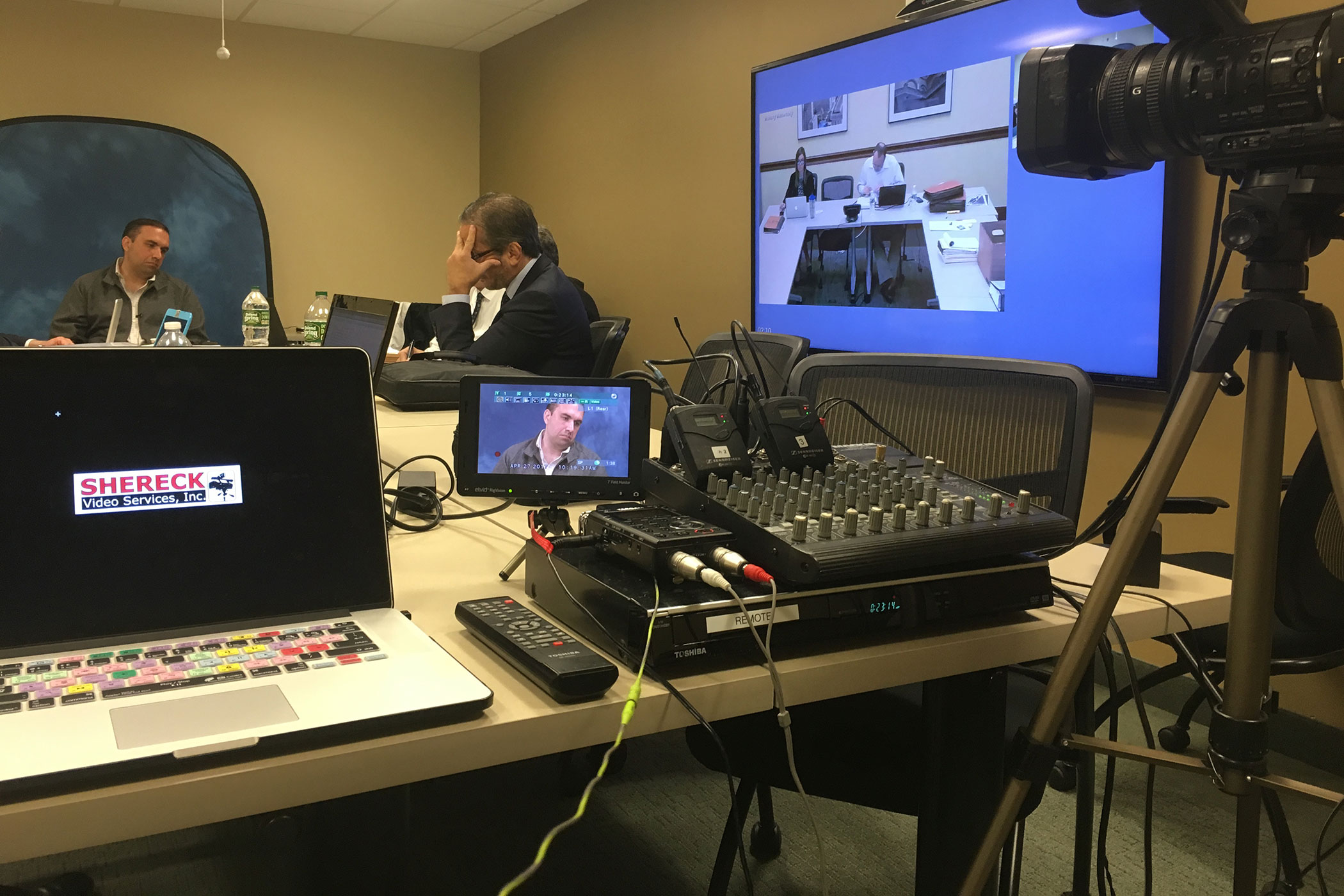The Intricacies of Legal Videography and Its Role in Capturing Crucial Details for Evidential Purposes in the Legal Field
In the world of the lawful area, the application of videography has actually come to be a vital tool for catching the details and subtleties that can make or break a case. From recording criminal offense scenes to taping witness testimonies, legal videography plays a critical duty in presenting important information with unequaled quality and precision. Past the surface area degree of simply taping occasions, there exists a maze of intricacies and factors to consider that must be navigated to make sure the admissibility and credibility of video evidence. Recognizing the technological aspects, legal requirements, and calculated implications of lawful videography is vital for lawyers looking for to harness its complete potential in bolstering their cases.
Development of Legal Videography
Just how has lawful videography progressed within the legal field throughout the years? Legal videography has gone through a considerable makeover, adapting to the technological advancements and altering demands within the lawful career. Initially, lawful videography was primarily used for basic recordings of lawful proceedings and depositions. Nevertheless, with the development of high-def video cameras, advanced editing and enhancing software, and online platforms, the function of legal videographers has expanded to incorporate a broader series of solutions.

Furthermore, the surge of online procedures and remote depositions in recent times has further thrust the development of legal videography, demanding videographers to adapt their skills to catch proceedings efficiently in a digital atmosphere (Legal Videography). On the whole, the development of lawful videography has been noted by a shift in the direction of a lot more advanced innovation, improved professionalism, and a wider extent of solutions to fulfill the developing needs of the lawful area
Importance of High-Quality Video Footage
Top notch footage in lawful videography is important for accurately recording and offering visual proof in a professional and credible manner. The clearness and detail captured in top quality footage can be vital in lawful proceedings, permitting a specific examination of occasions, expressions, and information that might be pivotal to a case. Juries, juries, and lawful specialists count on visual evidence to recognize intricate situations, and poor-quality video footage can lead to misconceptions or doubts regarding the credibility of the evidence presented.
Additionally, premium footage can enhance the general discussion of evidence, making it much more compelling and influential. Well-captured visuals can assist strengthen arguments, make clear statements, and provide a thorough view of the truths handy. This can ultimately reinforce the integrity of the lawful team providing the evidence and increase the likelihood of a beneficial result for their clients. In a field where every information issues, buying top notch footage is not just valuable yet commonly necessary to ensure that justice is offered accurately and relatively.
Strategies for Effective Paperwork
To make sure detailed and exact documents in legal videography, utilizing effective strategies is critical in recording critical information and proof. Maintaining a thorough log of all footage, including timestamps and summaries of the web content, is important for very easy recommendation and retrieval during lawful procedures. By applying these methods, legal videographers can boost the high quality and integrity of their paperwork, ultimately strengthening the indicative worth of their recordings.
Admissibility and Authentication of Video Proof
In the realm of legal videography where precise documents is important, the admissibility and authentication of video clip proof play a critical duty in establishing the trustworthiness and Visit This Link credibility of recorded materials. Admissibility refers to the approval of video evidence in a law court, while verification ensures that the video clip provided is authentic and unaltered. For video clip evidence to be admissible, it needs to please legal requirements such as credibility, relevance, and reliability. The chain of guardianship, which records the handling of the video clip from videotaping to presentation in court, is important for establishing credibility.
Techniques such as digital signatures, metadata evaluation, timestamps, and specialist statement can be used to confirm video clip evidence. Eventually, the admissibility click for source and verification of video proof are critical in supporting the honesty of lawful process and making sure that justice is served based on dependable information.
Enhancing Legal Techniques With Video Innovation

In addition, video clip technology allows for the creation of aesthetically engaging reconstructions of crime scenes, crashes, or various other events vital to a case. These reconstructions can help make clear intricate information, timelines, and spatial connections, helping in the understanding of complex lawful issues. In addition, video clip depositions can preserve testaments with high integrity, ensuring that essential declarations are properly recorded and can be replayed as needed. Generally, the integration of video innovation into lawful approaches not just improves the discussion of evidence but also strengthens the persuasiveness and trustworthiness of lawful disagreements.
Final Thought
In conclusion, lawful videography plays a crucial role in recording vital details for symptomatic purposes in the legal field. Via the advancement of technology and techniques for effective paperwork, high-quality video can improve legal strategies and supply useful evidence in court. Legal Videography. Guaranteeing the admissibility and verification of video evidence is vital to More Help using video clip technology effectively in legal proceedings
Comprehending the technical aspects, legal needs, and critical effects of lawful videography is crucial for lawful experts looking for to utilize its complete capacity in boosting their instances.
Lawful videography was mainly made use of for basic recordings of lawful proceedings and depositions.Utilizing video innovation in legal approaches can considerably reinforce the efficiency of lawful professionals in providing proof and debates in a convincing and engaging manner. In general, the assimilation of video clip technology into legal techniques not only enhances the presentation of evidence yet also enhances the persuasiveness and integrity of legal arguments.
In conclusion, lawful videography plays a crucial role in recording crucial details for telltale purposes in the lawful area.